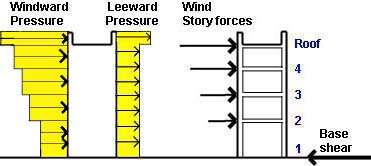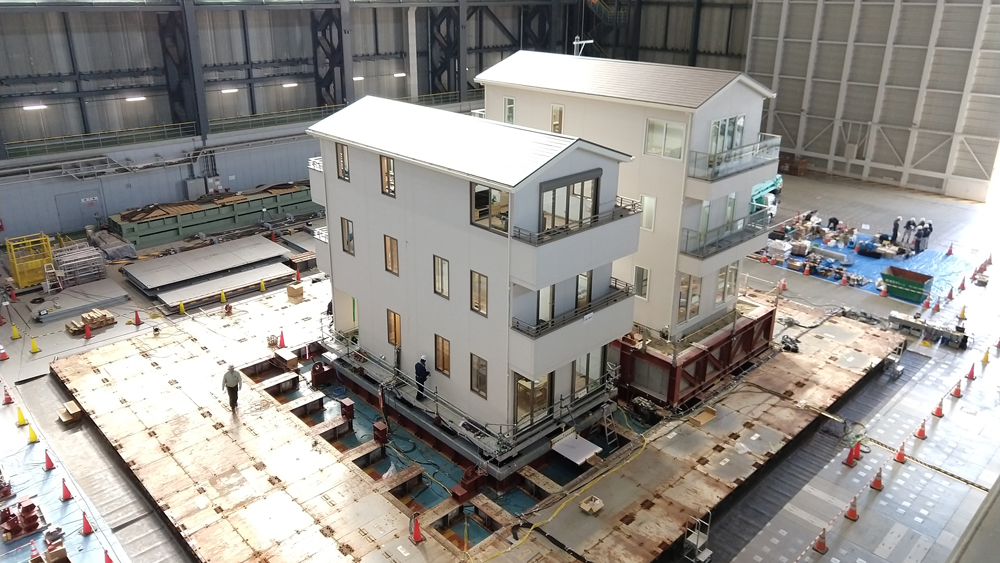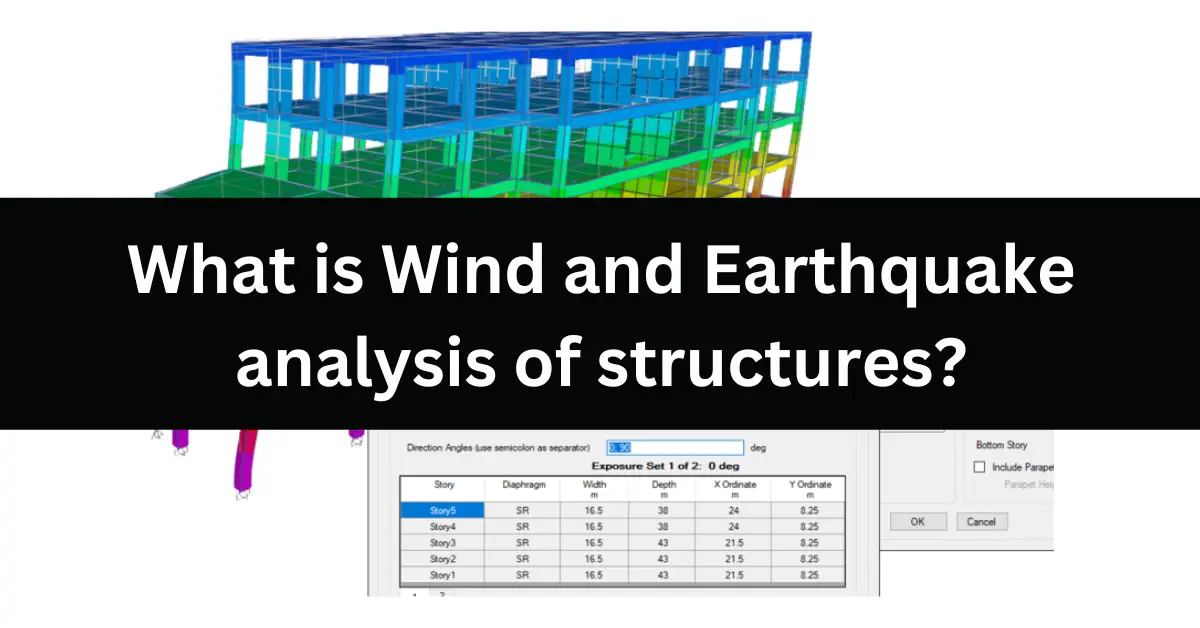Wind and earthquake analysis of structures is the process of determining the structural response of a building or other structure to wind and earthquake forces.
This includes analyzing the forces that the structure will be subjected to and determining the design loads that the structure must be able to withstand.
Wind and earthquake analysis also involves evaluating the structural response of the building to these forces, including the deflections and stresses that will be experienced by the structure.
Wind analysis is used to determine the wind loads that a structure will be subjected to, including the wind speeds and the direction of the wind.
This information is used to determine the design loads that the structure must be able to withstand, including the wind loads on the roof, walls, and other structural elements.
The wind loads are then used to determine the structural response of the building, including the deflections and stresses that will be experienced by the structure.

Earthquake analysis is used to determine the seismic loads that a structure will be subjected to, including the ground motion and the direction of the earthquake.
This information is used to determine the design loads that the structure must be able to withstand, including the seismic loads on the foundation and other structural elements.
The seismic loads are then used to determine the structural response of the building, including the deflections and stresses that will be experienced by the structure.
The results of wind and earthquake analysis are used to determine the design of the structure and the materials that should be used.
This includes determining the size and strength of the structural elements, such as the beams, columns, and foundations, as well as the type of materials that should be used.
This information is used to ensure that the building will be able to withstand the wind and earthquake loads that it will be subjected to and that it will be safe for the occupants.

In summary, wind and earthquake analysis of structures is the process of determining the structural response of a building or other structure to wind and earthquake forces.
This includes analyzing the forces that the structure will be subjected to and determining the design loads that the structure must be able to withstand, as well as evaluating the structural response of the building to these forces, including the deflections and stresses that will be experienced by the structure.
The results of wind and earthquake analysis are used to determine the design of the structure and the materials that should be used, to ensure that the building will be safe for the occupants.
Related: Why should we provide a foundation for a building?
Table of Contents
How to perform wind and earthquake analysis of structures?
There are several methods for instrumentally performing wind and earthquake analysis of structures, some of which include:
- Finite Element Method (FEM): This is a numerical method that is used to simulate the behavior of a structure under different loading conditions. It involves dividing the structure into a large number of small elements, and then solving the equations of motion for each of these elements. This method can provide detailed information on the structural response of a building to wind and earthquake loads.
- Dynamic Analysis: This method involves simulating the behavior of a structure under different loading conditions by using mathematical models to represent the structure and the loads. This method can provide detailed information on the structural response of a building to wind and earthquake loads.
- Wind Tunnel Testing: This method involves testing a model of the structure in a wind tunnel to determine the wind loads that the structure will be subjected to. This method can provide detailed information on the wind loads that the structure will be subjected to, as well as the structural response of the building to these loads.
- Shake Table Testing: This method involves testing a model of the structure on a shake table to determine the seismic loads that the structure will be subjected to. This method can provide detailed information on the seismic loads that the structure will be subjected to, as well as the structural response of the building to these loads.
- Ambient vibration testing: This method involves measuring the natural vibrations of a structure and comparing the results with the expected behavior of the structure. This method can provide information on the structural response of a building to wind and earthquake loads.
- Wireless monitoring systems: This method involves installing sensors on the structure that can measure the displacement, acceleration, and other parameters of the structure. The data collected by these sensors can be used to analyze the structural response of the building to wind and earthquake loads.


Related: What is the most suitable foundation type?
In summary, there are several methods for instrumentally performing wind and earthquake analysis of structures, including the Finite Element Method, Dynamic Analysis, Wind Tunnel Testing, Shake Table Testing, Ambient vibration testing, and Wireless monitoring systems. These methods can provide detailed information on the structural response of a building to wind and earthquake loads, which can be used to ensure that the building is safe for the occupants.











